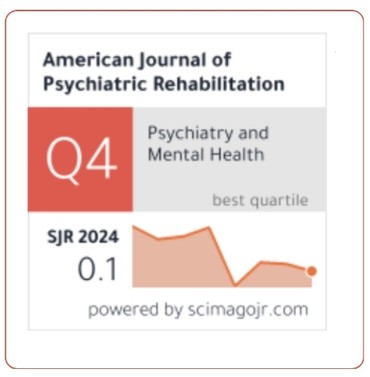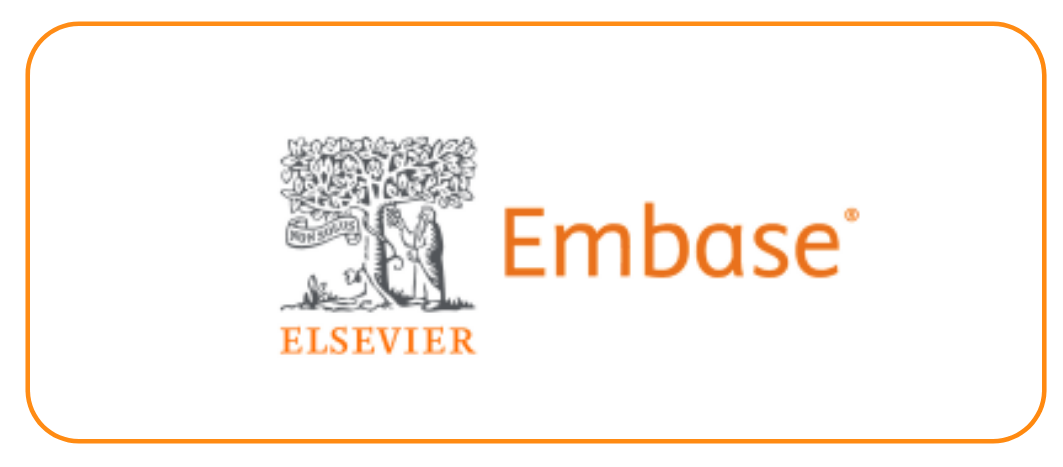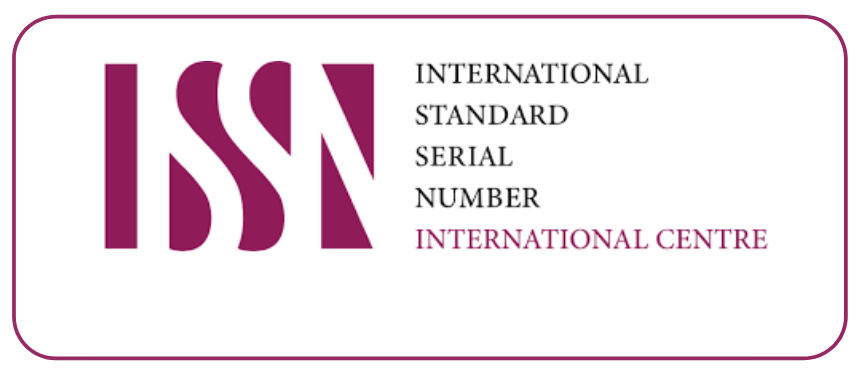Neural Correlates Of Belief Coding: An EEG Study On Neurophysiological Changes In A Novel Therapeutic Approach
DOI:
https://doi.org/10.69980/ajpr.v28i5.381Keywords:
Belief Coding, EEG, neuroplasticity, trauma therapy, subconscious beliefs, neural networks, therapeutic interventionAbstract
This research examined the neurophysiological impact of Belief Coding®, an innovative integrative therapy to change subconscious beliefs. Sixty women (25–52 years) received Belief Coding therapy under monitoring with a 64-channel EEG system, with a control group of eight women. Outcomes showed significant changes in neural activity, which included a 48% rise in alpha wave coherence, a 58% decrease in incoherent beta activity, a 75% increase in gamma wave synchronization, a 62% increase in delta-theta coupling, and a 62% increase in connectivity of the Default Mode Network. More than 32 key brain regions were targeted during therapy, which indicates that belief change recruits distributed brain networks instead of one "center of belief coding." These results offer initial neurophysiological proof of the effectiveness of Belief Coding therapy to promote emotional regulation, processing of trauma, and restructuring of beliefs through inter-coordinated activation of brain systems.
References
1. Bargh JA, Chartrand TL. The unbearable automaticity of being. Am Psychol 1999;54:462–479.
2. Andrews-Hanna JR, Reidler JS, Sepulcre J, et al. Functional-anatomic fractionation of the brain's default network. Neuron 2010;65:550–562.
3. Beck AT. Cognitive therapy and the emotional disorders. International Universities Press, 1976.
4. Bowlby J. A secure base: Parent-child attachment and healthy human development. Basic Books, 1988.
5. Bullmore E, Sporns O. Complex brain networks: graph theoretical analysis of structural and functional systems. Nat Rev Neurosci 2009;10:186–198.
6. Cunningham J. Innovative Approaches in Therapeutic Practices: The Framework of Belief Coding®. Int J Sci Res 2025;14:808–812. https://doi.org/10.21275/SR25116142135
7. Delorme A, Makeig S. EEGLAB: an open source toolbox for analysis of single-trial EEG dynamics including independent component analysis. J Neurosci Methods 2004;134:9–21.
8. Doidge N. The brain that changes itself: Stories of personal triumph from the frontiers of brain science. Penguin, 2007.
9. Ecker B, Ticic R, Hulley L. Unlocking the emotional brain: Eliminating symptoms at their roots using memory reconsolidation. Routledge, 2012.
10. Engel AK, Fries P. Beta-band oscillations—signalling the status quo? Curr Opin Neurobiol 2010;20:156–165.
11. Imperatori C, Farina B, Quintiliani MI, et al. Aberrant EEG functional connectivity and EEG power spectra in resting state post-traumatic stress disorder: A sLORETA study. Biol Psychol 2014;102:10–17.
12. Kihlstrom JF. The cognitive unconscious. Science 1987;237:1445–1452.
13. Kluetsch RC, Ros T, Théberge J, et al. Plastic modulation of PTSD resting-state networks and subjective wellbeing by EEG neurofeedback. Acta Psychiatr Scand 2014;130:123–136.
14. Lane RD, Ryan L, Nadel L, et al. Memory reconsolidation, emotional arousal, and the process of change in psychotherapy: New insights from brain science. Behav Brain Sci 2015;38:e1.
15. Nader K, Schafe GE, LeDoux JE. Fear memories require protein synthesis in the amygdala for reconsolidation after retrieval. Nature 2000;406: 722–726.
16. Nishida M, Pearsall J, Buckner RL, et al. REM sleep, prefrontal theta, and the consolidation of human emotional memory. Cereb Cortex 2009;19:1158–1166.
17. Pascual-Leone A, Freitas C, Oberman L, et al. Characterizing brain cortical plasticity and network dynamics across the age-span in health and disease with TMS-EEG and TMS-fMRI. Brain Topogr 2011;24:302–315.
18. Porges SW. The polyvagal theory: Neurophysiological foundations of emotions, attachment, communication, and self-regulation. W. W. Norton & Company, 2011.
19. Raichle ME. The brain's default mode network. Annu Rev Neurosci 2015;38:433–447.
20. Schore AN. Effects of a secure attachment relationship on right brain development, affect regulation, and infant mental health. Infant Ment Health J 2001;22:7–66.
21. Siegel DJ. The developing mind: How relationships and the brain interact to shape who we are (2nd ed.). Guilford Press, 2012.
22. Singer W. Neuronal synchrony: A versatile code for the definition of relations? Neuron 1999;24:49–65.
23. Varela F, Lachaux JP, Rodriguez E, et al. The brainweb: Phase synchronization and large-scale integration. Nat Rev Neurosci 2001;2:229–239.
24. Xia M, Wang J, He Y. BrainNet Viewer: A network visualization tool for human brain connectomics. PLoS One 2013;8:e68910.
25. Young JE, Klosko JS, Weishaar ME. Schema therapy: A practitioner's guide. Guilford Press, 2003.
Downloads
Published
Issue
Section
License
Copyright (c) 2025 American Journal of Psychiatric Rehabilitation

This work is licensed under a Creative Commons Attribution 4.0 International License.
This is an Open Access article distributed under the terms of the Creative Commons Attribution 4.0 International License permitting all use, distribution, and reproduction in any medium, provided the work is properly cited.









